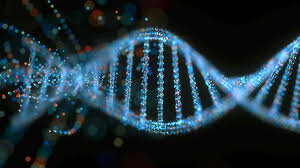
The main reason for attempting this project was to find genetically modified food using Polymerase Chain Reaction techniques. Many of us have performed Polymerase Chain Reaction in a general education setting whether it be for College requirements or possibly High School. Polymerase chain reaction(PCR) is a method widely used in molecular biology to rapidly make millions to billions of copies of a specific DNA sample, allowing scientists to take a very small sample of DNA and amplify it to a large enough amount to study in detail. Another reason for the experiment was because when I am in a classroom lab setting at Oregon State there is always the pressure for time and the experience becomes a mechanistic exercise.
Creating a lab setting in my kitchen was a fun yet daunting process. Some of the challenge encountered stemmed from lack of space availability and determining which equipment to buy. Further, unlike performing experiments at an institution the results may not be recognized by the science community but it allowed for a different learning experience without serious expectations. I purchased the micro centrifuge and the DC power supply from the OSU surplus and the rest of the test equipment from various online sources. The edvotek 962 guide provided an easy to follow method that is highlighted throughout the presentation.
Here is a bioinformatics overview of the process. DNA is extracted from food samples and replicated using Polymerase Chain Reaction(PCR). The first step to PCR is Denaturation which unzips DNA into single strands by breaking hydrogen bonds. The second step is annealing, this is when primers can base pair with their target DNA sequences. Then the last step is the extension part which is when taq polymerase will extend the primer to synthesize a new strand of DNA. To identify what substances are genetically modified the DNA bands of samples are compared to GM positive control DNA bands.
